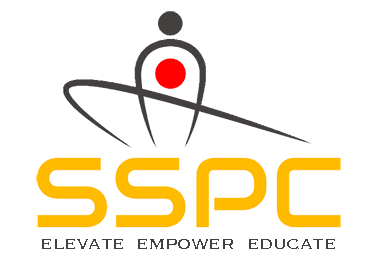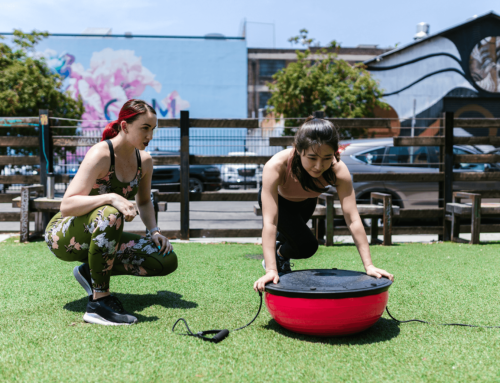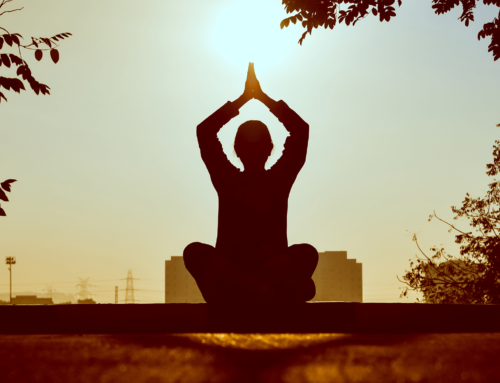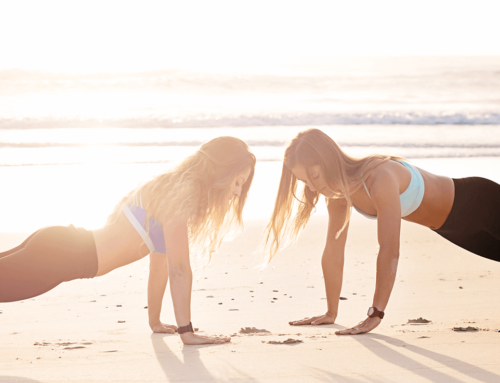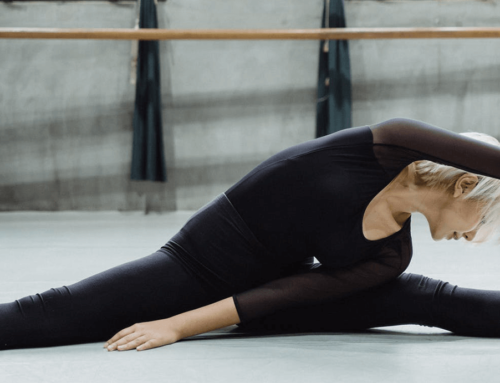For this article I’m specifically addressing those of us who “goes to the gym for health purposes”.
This article can be seen as pretty controversial coming from a “gym trainer”. The opinions in this article is solely from my own study, observation and training from professional level coaches (of multiple sports and gyms) and a Physio who have healed countless people of their pain/bruises/pathological/movement issues.
There have been many clienteles I’ve seen in gyms who mentioned “I just want to get healthier, become stronger and improve quality of life, prevent injuries/illness etc.”. And then shortly after that conversation, I’ll be wondering why some (if not most) of these peeps are cranking out heavy back squat, deadlifts and barbell benchpress.
Truth Check: How much stronger do you need to become in your goblet-squat/Back squat/Front Squat/Single Leg Pistol Squat/Cyclist Squat to squat on your toilet bowl to shit effortlessly? How much do you need to Conventional deadlift/Sumo deadlift/Single Leg Deadlift/Hex bar Deadlift for 12 reps to carry your groceries from the floor for the 3-4 times between NTUC to interchange to your home? And benchpress….. Eventually as coaches, we need to know that it is not the weight (intensity) of the workout that truly improve health and quality of life but it is the quality of movements and knowing what limitations we have in our body type and joints that could prevent injuries and help us live a long, purposeful and happy life. Before this paragraph becomes an argumentative article on its own, allow me to digress.
I believe everybody who’s into gym and learning “good form” have heard/watched about the funny comparison of how one maintains a flat back when doing deadlifts vs how you should hinge to go down to grab your groceries… or you row the doors to open them instead of just pulling and yanking on the handle without a set scapula with the shoulder joint in the centre of the socket… So..
The root question to ponder is: “Is there truly a ready state we should maintain in our daily life (gym movements and sporting movements included)?”
Actually, there is.
And whilst this may contradict the statement I made above about the three big lifts, it really don’t. Practicing Any form of Squat/Deadlifts allows us to practice the hip hinge, practicing them with a relatively challenging weight allows us to practice proper bracing whilst carrying heavy articles.
The pre requisite to the above paragraph is that you learn how to
- Breathe properly
- Maintain a neutral hip alignment
- Hip Hinge properly
As extreme as this sound, I’ll like to quote a physiotherapist I know who specialises in postpartum treatments/training: “deep diaphragmatic breathing should be practiced 95% of one’s life, except when scolding someone or carrying something heavy…”.
Breathing creates Movements and thus Breathing IS Life.
Proper Deep Breathing moves your Diaphragm and Pelvic floor muscles in a synchronised manner which is essential for engaging those deep hip muscles including the 4 layers of abdominal muscles to create tension (aka – bracing).
In other words, if you can’t breathe deep, you can’t brace effectively. Unfortunately, with our sedentary lifestyle working in front of a desk, seated down, our lower ribs are usually locked in place for long hours and thus breathing patterns are often shallow.
Maintaining a neutral hip alignment through movements (with or without load) requires that we have range in the lower back, hip and leg muscles to both anterior and posterior tilt effortlessly.
If one does not have the mobility to anterior/posterior tilt, one will experience difficulty maintaining a neutral hip alignment even without load. That will be an issue when learning how to hip hinge for movements like the squat/deadlift variations in the gym.
Conclusion:
The most important neutral ready state to maintain in life is to breathe deeply as much as we can and do it until we are sub-conscious and still maintaining said breathing pattern. Following that, will be shoulder socket alignment awareness and hip alignment awareness whilst moving (with/without load). That will be another article for another day. 🙂
Best Regards,
Kae
